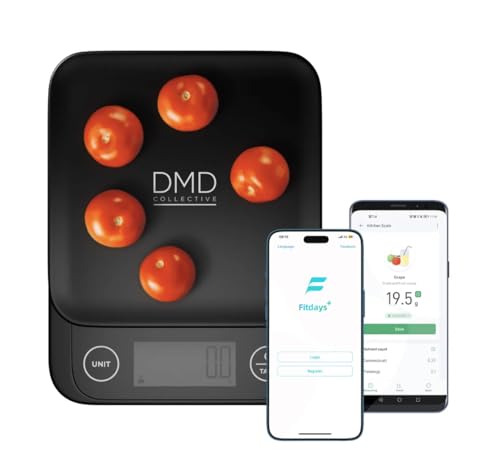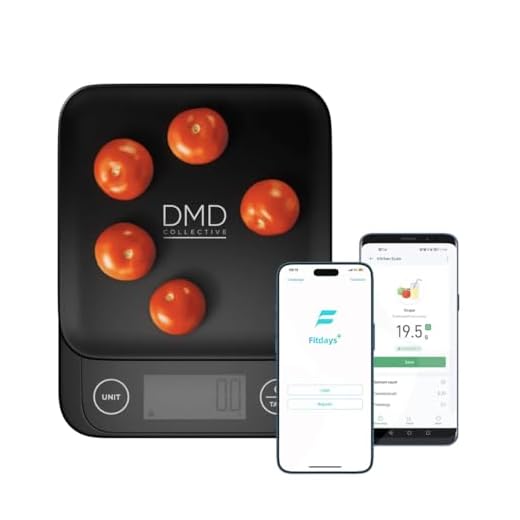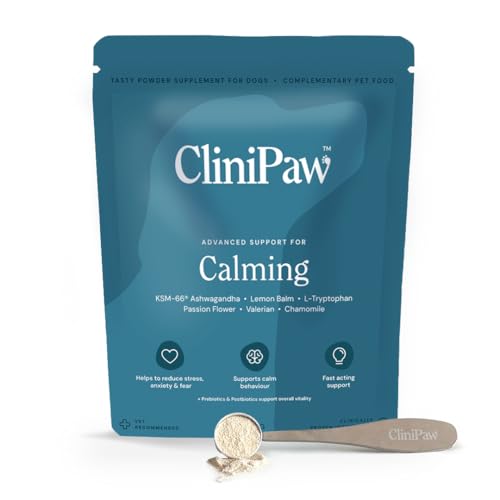




To ensure your furry companion thrives, measure their daily intake based on their weight, age, and activity level. A general guideline suggests that a moderately active adult canine should receive approximately 2-3% of their body weight in high-quality kibble or fresh food daily. For example, if your four-legged friend weighs 20 kg, aim for around 400-600 grams of food each day, divided into two meals.
Monitor their body condition regularly. A well-fed companion should have a visible waist when viewed from above and a slight tuck around the abdomen when seen from the side. If you notice ribs easily visible or excessive weight, adjustments may be necessary. Remember, regular vet check-ups can help determine if dietary changes are needed based on health and activity levels.
Consider the quality of what’s in the bowl. Ingredients matter. Look for options with real meat as the first ingredient, whole grains, and vegetables. Steer clear of those packed with fillers and artificial additives. Transitioning between food types should be gradual, taking about a week, to avoid digestive upset. Keeping a food diary can help track what your pet consumes and highlight any changes in mood or energy levels.
Hydration is equally important. Fresh water should always be available. Dehydration can lead to serious health issues, so ensure your four-legged friend drinks enough throughout the day. If you’re uncertain about their hydration, check their gums; they should be moist and not sticky.
Am I Not Feeding My Dog Enough?
Monitor your pet’s weight closely. If you notice a decline in body condition or energy levels, it may indicate insufficient nourishment. Regular weigh-ins help identify trends that could necessitate adjustments in portions.
Observe behaviour during meal times. If your furry friend finishes meals quickly, it might suggest a need for larger servings. However, if they often leave food in the bowl, consider whether their intake aligns with their activity level and size.
Consult with your veterinarian. They can provide tailored advice based on your companion’s age, breed, and health status. A professional assessment ensures that you meet specific dietary needs.
Evaluate the nutritional quality of the food you provide. High-quality ingredients typically mean better absorption and overall health. A diet rich in protein, healthy fats, and essential vitamins supports your pet’s vitality.
Your lifestyle impacts your pet’s dietary requirements. If you engage in more activities together, it may warrant an increase in caloric intake. Adjust their meals to match your shared adventures.
Consider portion control. Following the guidelines on the food packaging is a good starting point, but individual needs vary. Tailor portions based on your observations and consultations.
| Weight Range (kg) | Daily Caloric Intake (kcal) | Suggested Portion Size (grams) |
|---|---|---|
| 1-5 | 200-400 | 50-100 |
| 6-10 | 400-600 | 100-150 |
| 11-20 | 600-800 | 150-250 |
| 21-30 | 800-1000 | 250-350 |
Track changes over time. If your companion’s physical condition alters, adjust meals accordingly. Regular updates in feeding habits can lead to noticeable improvements in health and energy levels.
Identifying Signs of Insufficient Nutrition in Dogs
Monitor your pet’s body condition score regularly. A score of 4-5 on a scale of 9 indicates a healthy weight. If your furry friend falls below this range, it may suggest inadequate nourishment. Feel the ribs; they should be easily palpable but not overly prominent.
Observe energy levels. A noticeable drop in playfulness or lethargy can signal that your furry mate isn’t receiving adequate sustenance. If your companion appears tired and uninterested in activities they usually enjoy, this deserves attention.
Keep an eye on coat quality. A dull, brittle fur coat can indicate nutritional deficiencies. Healthy fur should be shiny and smooth. If you notice excessive shedding or skin irritations, consider evaluating their dietary intake.
Check bathroom habits. Unusual stools, whether too hard or too soft, can reflect imbalances in diet. Regular consistency is a sign of proper digestion and adequate nourishment.
Watch for changes in appetite. If your four-legged friend suddenly shows disinterest in meals, it could indicate an underlying issue. Consistent refusal to eat may warrant a closer look at their nutrition.
Consult with a veterinarian if you observe any of these signs. They can provide tailored advice and recommend dietary adjustments to ensure your companion is thriving.
Understanding Your Dog’s Specific Dietary Needs
Consider age, size, breed, and health status. Puppies require higher protein and calorie levels, while seniors often benefit from reduced fat content and joint supplements. Each stage of life brings unique nutritional demands.
Consult your veterinarian to determine the right balance of macronutrients. For example, large breeds might need controlled calcium and phosphorus levels to prevent skeletal issues. Smaller breeds often have higher metabolic rates, necessitating concentrated energy sources.
Monitor weight and body condition regularly. A healthy pet should have a visible waist and ribs that can be felt but not seen. Adjust portions as needed, especially during seasonal changes or activity level fluctuations.
Incorporate variety to prevent boredom and ensure a well-rounded intake. Mixing high-quality kibble with wet food, fresh vegetables, or lean proteins can enhance palatability and provide essential vitamins and minerals.
Pay attention to specific allergies or sensitivities. Common allergens include grains, dairy, and certain proteins. If you notice gastrointestinal upset or skin issues, consider an elimination diet to identify triggers.
Lastly, hydration is key. Always provide fresh water alongside meals. Dehydration can lead to serious health issues, so monitor water intake closely, especially during hot weather or after exercise.
Common Myths About Canine Nutrition Practices
One prevalent misconception is that all breeds require the same type of sustenance. Different breeds have unique needs based on size, age, and energy levels. For instance, a Chihuahua and a Great Dane do not thrive on identical meal plans. It’s vital to tailor the diet according to the individual characteristics of each breed.
Another myth is that dogs thrive solely on a meat-based diet. While protein is crucial, a balanced meal should also include carbohydrates, fats, vitamins, and minerals. Some owners overlook the importance of fibre, which aids digestion and overall health. Incorporating vegetables can enhance the nutritional profile significantly.
There’s also a belief that table scraps are harmless. In reality, many human foods can be harmful or lead to obesity. Foods such as chocolate, grapes, and onions are toxic. It’s best to stick with specially formulated pet meals or vet-approved treats to ensure safety.
Many people assume that a larger portion means better nutrition. This isn’t accurate; overindulgence can lead to serious health issues like obesity and joint problems. Portion control based on guidelines provided by the food manufacturer or a veterinarian is key to maintaining optimal weight.
Finally, some dog owners think that once a feeding routine is established, it should never change. However, various factors like age, health status, and activity level can necessitate adjustments in the diet. Regular consultations with a vet can help identify any required changes for your pet’s well-being.
How to Measure the Right Portion Sizes for Your Canine Companion
Begin by assessing your furry friend’s weight and activity level. This provides a solid foundation for determining appropriate meal sizes.
- Consult Feeding Guidelines: Check the feeding recommendations on your pet food package. These guidelines often suggest portion sizes based on weight.
- Utilise a Scale: Weigh your pet regularly. Keeping track of weight changes helps adjust portions accordingly.
- Measure Food Accurately: Use a measuring cup or scale for precise portion control. Avoid free-pouring to prevent overestimating amounts.
- Consider Age and Breed: Puppies, adults, and seniors have different nutritional needs. Tailor portion sizes to match your pet’s life stage and breed characteristics.
Monitor your pal after adjusting their portions. Observe their energy levels, coat condition, and overall health. If you notice weight loss or gain, tweak the portions again.
- Adjust for Activity: Active breeds or those engaged in regular exercise may require larger quantities compared to less active companions.
- Factor in Treats: If your buddy enjoys snacks, account for these in daily intake. Treats can contribute significantly to total calorie consumption.
- Consult Your Vet: Regular check-ups can help refine dietary needs. Your veterinarian can provide tailored advice based on health status and lifestyle.
Remember, each canine is unique. What works for one might not suit another. Stay attentive to your furry friend’s specific requirements, and be willing to adjust as necessary.
When to Consult a Veterinarian About Your Dog’s Diet
If you notice significant changes in your canine companion’s behaviour or health, such as sudden weight loss, persistent lethargy, or gastrointestinal issues, it’s time to seek veterinary advice. These signs may indicate that their nutritional intake is inadequate or inappropriate for their needs.
Recognising Symptoms of Dietary Issues
Keep an eye out for specific indicators like changes in coat condition, unusual stool consistency, or a decrease in energy levels. If your furry friend seems disinterested in meals–like pushing food around with their nose–it could signal dissatisfaction with their diet. For more insights on this behaviour, check out this article on why does my dog push her food with her nose.
Consulting a Professional
Consult a vet if your pet exhibits ongoing discomfort, refuses to eat, or shows signs of distress after meals. Regular check-ups will help ensure their diet meets their health requirements. Remember, a tailored nutrition plan can significantly impact their overall well-being.
Additionally, if you’re considering making significant changes to their dietary routine, such as introducing new foods or switching brands, professional guidance is essential. This ensures you provide a balanced and nutritious diet tailored to their unique needs.
Stay informed about local regulations, as well. For instance, if you have an outdoor area where your pet plays, be aware of rules regarding surveillance; you might want to know are outdoor security cameras legal in pennsylvania if you’re considering monitoring for safety.







